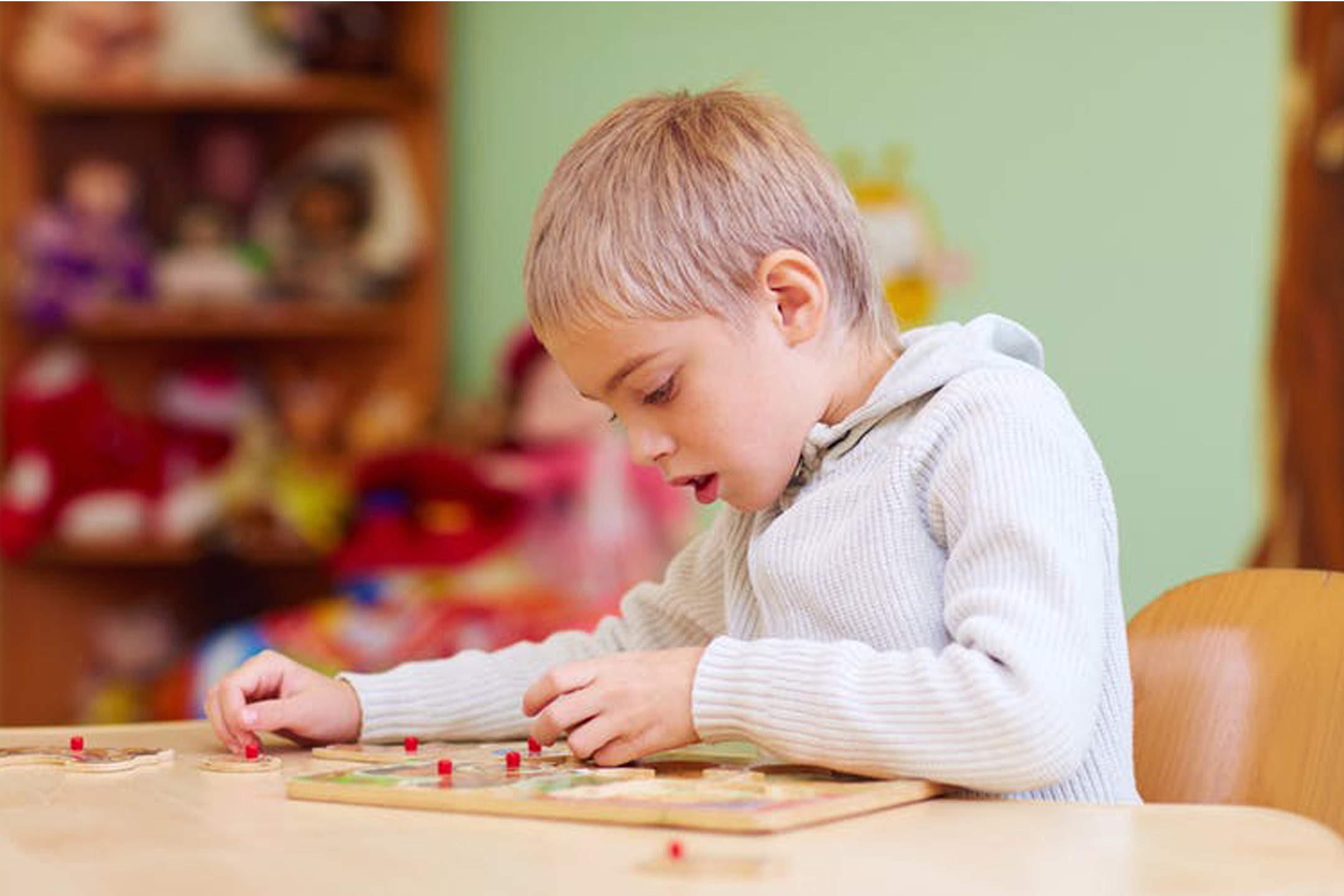
26 Aug Autism and Connection: How Occupational Therapy Changes Family Life?
Discover how occupational therapy helps children connect, build confidence, and transform everyday family life.
For parents of children with developmental delays or autism spectrum disorder, the hardest part isn’t always the meltdowns or missed milestones. Often, it’s the sense of being shut out — of trying everything to connect with your child and still feeling lost.
Meeting children where they are
Occupational Therapists (OTs) help children develop skills for everyday life, from emotional regulation to toileting, dressing and independent living. But according to Camila Santarosa, Occupational Therapy Team Leader at LiveBig, true progress begins with connection.
“The starting point is always to meet the child where they are, not where we wish they were,” she says. “If that means lying on the floor playing peek-a-boo at age four, that’s where we start. Connection comes first. Always.”
Understanding the sensory world
Much of an OT’s work focuses on Activities of Daily Living, but the challenges often go deeper than the task itself. For many children with autism, their brains process the world differently — sound, touch, or light can feel overwhelming or confusing.
“It’s not just about refusing to put on socks,” Camila explains. “It’s about understanding that their brain might be experiencing things in ways we don’t. Parents can feel helpless when they simply haven’t been given the tools to understand what’s really going on.”
OTs observe how children respond to their environment, identify sensory patterns, and guide families to adjust. Small changes — turning down noise, using visual supports, or rephrasing requests — can transform daily routines.
Celebrating the small wins
Some children Camila works with are non-verbal, while others struggle with language in unexpected ways. That can be frustrating for families, but OTs help parents notice the cues that often go unseen.
“A child might not say they want more of something, but they’ll show it by reaching, pausing, or watching your reaction,” she says. “When parents learn to spot those signals, connection starts to grow.”
These moments might seem tiny from the outside — a shared laugh, a brief moment of eye contact, reaching out to continue a game — but for families, they’re enormous.
“You can see the relief on parents’ faces when they realise their child is connecting with them, just in a different way. That sense of possibility keeps families engaged, even when progress is slow,” Camila says.
5 Quick tips from an OT
1. Meet your child where they are.
Join them in the stage or sensory experience they’re in, even if it feels younger than their age. That is where connection begins.
2. Observe more, do less.
Take time to watch what sparks your child’s interest — a sound, a movement, a facial expression. That’s your starting point for interaction.
3. Use big, joyful responses.
If your child responds positively to something, exaggerate your reaction. That can be their way of saying “do it again”, even if they can’t say the words.
4. Celebrate small wins.
Holding eye contact for a few seconds, reaching out to continue a game, helping with one part of dressing — these are milestones worth noticing and building on.
5. Stay curious.
If something isn’t working, try looking at it from your child’s perspective. What might feel overwhelming or uncomfortable to them? Shifting your lens can change everything.
With more parents turning to Occupational Therapy to help support connection with neurodivergent kids, LiveBig OT Camila Santarosa says even simple changes — like joining a child where they’re at, doing less, or responding with big joy — can have a profound impact on how families relate.




